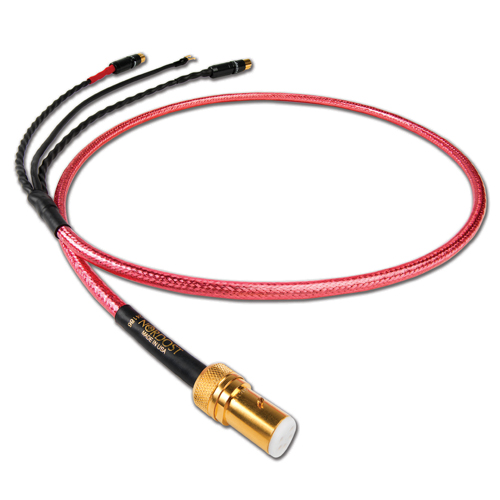Tonearm Cables, and Why Standard Interconnects Should be Avoided
What this means in practice is that you should avoid using a standard interconnect cable to connect your tonearm to the phono stage. Don’t be tempted to use some spare interconnect that happens to be lying around or your signal quality will fall at the first hurdle, seriously undermining the musical performance of your record player. Just look at most specialist tonearm leads and you will notice that they are thinner and far less bulky than standard signal cables. They tend to be more flexible too, to accommodate the movement required by suspended subchassis ‘tables -- such as the Linn LP12 -- although this is less of an issue these days. If your turntable bounces, you’ll need to bear it in mind, but otherwise don’t worry. Separate tonearm cables also generally offer a separate ground wire, terminated in a spade at the phono-stage end. This should be connected to the terminal provided -- and also to the terminal on the connection plate/box mounted on the turntable (if there is one). If no ground wire is included, integral to the cable you are using, you can simply add a separate one; just make sure that it makes a really good connection. If in doubt, have spades added at each end. If you do find yourself having to supply a cable to connect between the tonearm and phono stage, make sure that it is designed specifically for that task and ideally comes from the same range or manufacturer as your other cables. These days, most specialist cable manufacturers offer tonearm cables, so this shouldn’t be too difficult to achieve. It's an apparently small point, but one that’s sonically well worthwhile. |

 any
tonearms are supplied with a suitable cable, either hardwired to their base or plugged in
using a five-pin connector. However, increasingly, tonearms are terminated with RCA
sockets or even XLRs, meaning that the user needs to supply an appropriate cable. This is
not quite as straightforward as it seems. Just as the electrical characteristics of the
phono input are critical in correctly terminating the cartridge generator, so too is the
cable that connects them together. It is also “seen” by the generator and adds
its own electrical characteristics to the mix, its overall capacitance being particularly
critical. This is in turn intimately related to the cable’s construction and
shielding arrangements, the latter being particularly important given the tiny level of
the signals involved.
any
tonearms are supplied with a suitable cable, either hardwired to their base or plugged in
using a five-pin connector. However, increasingly, tonearms are terminated with RCA
sockets or even XLRs, meaning that the user needs to supply an appropriate cable. This is
not quite as straightforward as it seems. Just as the electrical characteristics of the
phono input are critical in correctly terminating the cartridge generator, so too is the
cable that connects them together. It is also “seen” by the generator and adds
its own electrical characteristics to the mix, its overall capacitance being particularly
critical. This is in turn intimately related to the cable’s construction and
shielding arrangements, the latter being particularly important given the tiny level of
the signals involved.